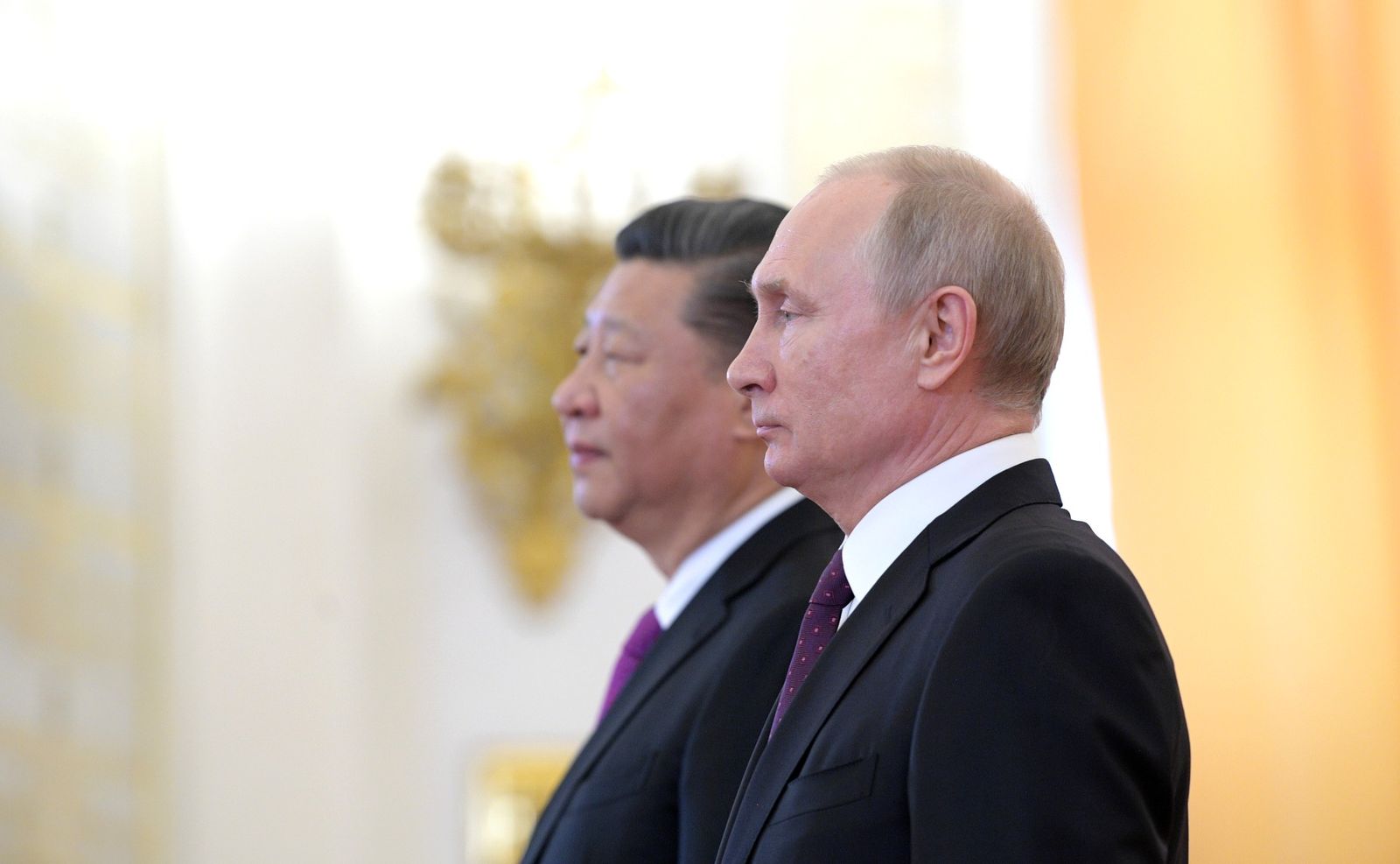From the archives. Originally published in the Summer 2018 Issue.
In early March 2018, President Donald Trump declared his plans to institute a 25 percent tariff on steel and a 10 percent tariff on aluminum, roiling the international economic order. Pointing to intellectual property theft, supporters of retaliation against China hailed the move, and praised additional tariffs announced on up to $60 billion in Chinese goods. But if Trump tries to throw a haymaker across the Pacific, he will end up hitting US allies much harder. In 2017, Canada, Brazil, and South Korea exported the most steel to the United States; China did not even crack the top 10.
Trump’s plan left economists scratching their heads. Many pointed out that American jobs working with steel outnumber jobs producing steel 80 to 1, and that under Trump’s hefty tariffs, the US could actually shed 146,000 jobs. None of that mattered. Trump sees trade as a zero-sum game—according to him, there has to be a winner and a loser in every interaction. Trump’s outright rejection of neoclassical economics allows him to rail against the trade deficit and call trade wars “easy to win,” and explains his track record on NAFTA and the TPP. He even puts his instincts above the experts: after Trump tossed Gary Cohn’s economic philosophy aside, the chief economic adviser announced his intent to resign.
Popularity to Insularity
Trump may be an easy target for globalists, but he is just one manifestation of a broader shift towards protectionism. In 2017, the number of Australian anti-dumping investigations nearly doubled. For years, the EU has catered to European business by slapping billions of dollars in fines on US tech companies. And earlier this year, Matteo Salvini’s Euroskeptic Northern League came away with a plurality in Italy’s general election. Salvini has made it very clear where he stands on tariffs: “I’m with Trump. He’s defending American industry. He wants to save jobs. Everyone attacks him, but I want to do the same in Italy.”
Interestingly, some populists have assumed the open position on trade. “Trump’s protectionism was not even a positive thing for the United States,” Former Italian Prime Minister Silvio Berlusconi lamented. Hungarian Prime Minister Viktor Orbán struck a similar chord: “All we want is to trade and do business.” Where worker displacement is low and free trade remains popular, populists can reaffirm their support for laissez-faire policies. But that commitment to openness is only skin-deep. When an Italian man targeted citizens from Africa in a spate of drive-by shootings, Berlusconi called immigrants “social bombs,” somehow turning violence against outsiders into a talking point against outsiders. A liberal economic system cannot run at full capacity without the free movement of people; nativist policy is the first step on the path to protectionism.
But populism is merely a symptom of the problem. By definition, populist leaders only amplify the beliefs of their electorate. In a poll just days after Trump’s announcement, 65 percent of Republicans—longtime champions of free trade—supported the tariffs. And according to a poll conducted by the Migration Policy Institute, Americans believe that immigrants make up over 40 percent of the population. (The actual number of immigrants is closer to 13.5 percent.) For an aspiring politician, those figures make centrism a nonstarter. Globalists need not apply.
Why did trade become the bête noire of the developed world’s workers? The hollowing of the middle class is almost certainly at play. Between 1971 and 2015, the number of Americans middle-class households dropped 11 percent. Meanwhile, households at the highest and lowest income brackets ticked up. And between the 1970s and today, labor share, the portion of national income represented by wages, fell eight percent. Rising levels of inequality lead to rampant speculation, paranoia, and anger, usually directed at immigrants. But the Penn-Wharton Budget Model, a nonpartisan research initiative, predicts that even modest increases in net annual immigration would boost GDP growth without affecting domestic wages. In reality, the backlash against globalism stems from globalism itself.
World Together, Worlds Apart
The US workforce is nearing full employment, and productivity continues to rise at a modest but consistent clip. However, globalization has left parts of the working classes of the developed world in the cold. There are a lot of reasons for this, but the downward pressure from foreign competition must bear some of the blame. Companies see outsourcing as a way to save money, even if some domestic workers pay the price. Writing in the American Economic Review, David Autor, David Dorn, and Gordon Hanson ascribe 44 percent of the decline in employment manufacturing between 1990 and 2007 to Chinese competition. Further, they found that for every US$1,000 worth of Chinese goods per worker, income and annual household wage fell by $549. This is not a bad thing. It can be easy to forget that 250,000 people graduate out of poverty every day (largely thanks to globalization), or that the lower final prices of goods reflect these cost-cutting strategies. However, those who lose their jobs or have to settle for lower pay can feel rightly aggrieved.
Monopsony power in the labor market—a condition in which only one employer exists, leading to depressed wages—has also contributed to the plight of the middle class. In the wake of the Great Recession, businesses had to lay off all but their best workers. Particularly in towns with few employers, like much of the Rust Belt, workers have very little bargaining power; even those who kept their jobs had to accept pay cuts. Now, although the economy has roared back, businesses remain hesitant to offer raises or high starting salaries. Historically low levels of unionization, the expansion of noncompete clauses, and the difficulty of relocating to find new work compound the issue. The result is that the middle of the bell curve loses out on thousands of dollars, creating the exasperation that Trump rode into the White House.
Automation, a third culprit, has hit the middle class especially hard. The routine skills that most workers previously needed no longer have a place in the labor force. Machine learning may not be able to displace a nurse today, but a paralegal is certainly at risk. A McKinsey Global Institute report estimates that 15 percent of hours worked worldwide could be automated by 2030. It took about 60 years for wages during the Industrial Revolution to rise; we may just be beginning that same process. However, the answer is not to restrict AI implementation. The same report goes on to note that “Although slower adoption might limit the scale of workforce transitions, it would curtail the contributions that these technologies make to business dynamism and economic growth.” Instead, the report’s authors say, we need strong economic growth, job retraining, labor market mobility, and better support for displaced workers.
In recent years, globalists have overplayed their hands, pushing for free trade and open markets without fully appreciating the impact on the manufacturing sector. Workers may have been right to protest years ago. Unfortunately, as Neil Irwin points out in the New York Times, the anti-globalization backlash arrived a decade late: “it comes just as billions of people who have become integrated into the global economy over the last three decades are starting to become rich enough to become valuable consumers.” Resetting the system now, negating rising benefits and falling costs, would make little sense. Instead, reform within the system is the answer. Strong growth, technological advancement, and resurgent wages can all be achieved. We just need sensible legislators and perceptive executives to get there.




